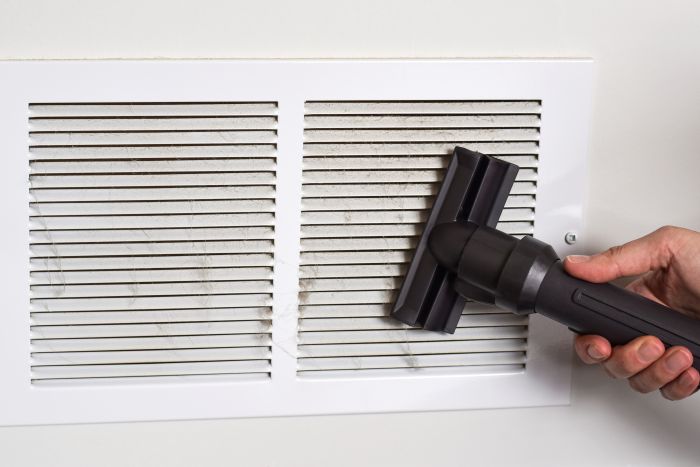In an era where cleanliness intersects with sustainability, steam cleaning has emerged as a game-changer. Unlike conventional mopping, which often redistributes germs rather than eliminating them—steam harnesses the power of high-temperature vapor (200°F–300°F) to sanitize surfaces at a microbial level. For households balancing health priorities with eco-conscious values, steam technology offers a compelling trifecta: no chemicals, zero residue, and proven efficacy against 99.9% of common pathogens.
Why Steam Cleaning Outperforms Traditional Methods
1. Microbial Elimination Through Heat
Pathogens thrive in the microscopic crevices of carpets, grout, and upholstery. Steam penetrates these hidden zones, delivering heat intense enough to neutralize bacteria like E. coli, influenza viruses, and mold spores within seconds—a critical advantage during peak illness seasons.
2. Allergy Management Without Compromise
Steam cleaning creates safer indoor air quality for allergy sufferers and asthmatics by eradicating dust mites, pet dander, and pollen through heat rather than synthetic sprays,
3. Surface Versatility
From sealed hardwood floors to kitchen appliances, steam adapts to diverse materials, reducing the need for multiple specialty cleaners.
4. Environmental Integrity
Steam’s chemical-free process aligns with green living principles, appealing to eco-aware families and pet owners wary of toxin exposure.
Choosing Between DIY and Professional Services
When to DIY
- Scenario: Routine maintenance of tile showers, sealed countertops, or lightly soiled carpets.
- Tools: Compact steamers with attachments for grout, upholstery, and windows.
- Caveat: Avoid unsealed wood and delicate fabrics like silk, as prolonged heat and moisture can cause warping or discoloration.
When to Hire Experts
- Scenario: Restoring carpets with years of embedded dirt, addressing large-area moisture-sensitive flooring, or sanitizing post-renovation dust.
- Advantage: Steam cleaning professionals normally use truck-mounted machines that simultaneously inject steam and extract residue, thereby, minimizing drying time and preventing water damage.
Safety First: Best Practices
Steam’s effectiveness hinges on proper usage. Follow these guidelines belo to maximize safety and results:
- Prepare the Area: Remove heat-sensitive items (e.g., wax candles, electronics) and ensure pets/children are in a separate room.
- Protective Gear: Heat-resistant gloves and anti-fog goggles prevent accidental burns during close-range tasks like oven cleaning.
- Ventilation Strategy: Run exhaust fans or open windows in bathrooms and kitchens to dissipate humidity.
- Machine Care: Cool units fully before storage, and use distilled water as to prevent mineral buildup that clogs nozzles.
Tailoring Techniques to Surfaces
Carpets & Rugs
- Vacuum thoroughly to remove loose debris.
- Use a medium-temperature setting and move the steamer in slow, grid-like patterns—rushing leaves dirt behind, while lingering oversaturates fibers.
- Speed-dry with oscillating fans to deter mold growth.
Tile Grout
- Direct a narrow nozzle along grout lines, applying steady pressure to dislodge buildup.
- Wipe loosened residue immediately with a microfiber cloth.
- Apply penetrating grout sealer post-cleaning to block future stains.
Upholstered Furniture
- Conduct a spot test on hidden seams to check for color bleeding or shrinkage.
- Hold the steamer 4–6 inches from fabric to balance cleaning power with material safety.
- Use a stiff-bristle brush on stubborn stains before steaming to lift residue.
Hardwood Floors
- Confirm flooring is sealed by testing a discreet area with a damp cloth—water should bead, not absorb.
- Attach microfiber pad to the steamer to buffer moisture exposure.
- Work in sections, drying surfaces immediately with a towel to prevent warping.
Enhancing System Longevity
- Water Quality: Distilled water prevents limescale deposits that degrade machine performance.
- Nozzle Maintenance: Soak attachments in white vinegar monthly to dissolve mineral residues.
- Storage: Empty tanks post-use to inhibit bacterial growth inside the unit.
Sustaining Results Between Cleanings
- Preventive Measures: Place washable mats at entryways to reduce dirt intake.
- Spot Treatment: Address spills within 24 hours using a handheld steamer to prevent stains from setting.
- Seasonal Deep Cleans: Schedule full-home steam sessions biannually—ideally before allergy season and post-holiday gathering.
Conclusion: A Smarter Standard for Clean Homes
Steam cleaning transcends trend status, offering a science-backed solution to modern hygiene challenges. Its ability to sanitize without chemicals, adapt to diverse surfaces, and reduce allergen loads positions it as the cornerstone of proactive home care.
The choice is clear for homeowners seeking lasting cleanliness, embrace steam not as a novelty, but as a necessary evolution in household maintenance. Consult certified technicians for complex projects, and invest in quality equipment to unlock the full potential of this transformative technology.


